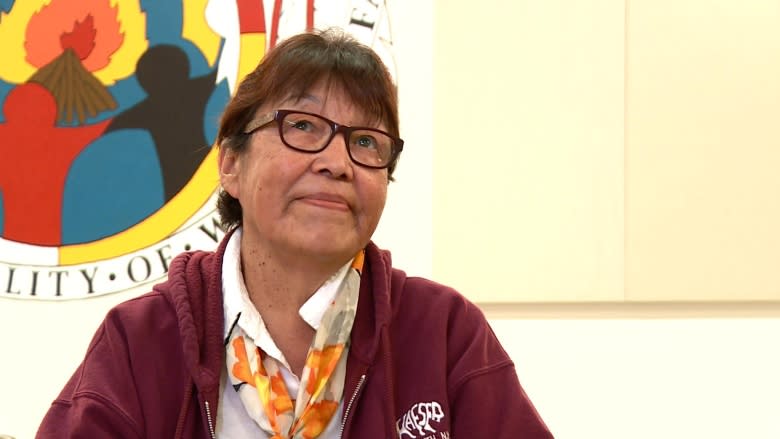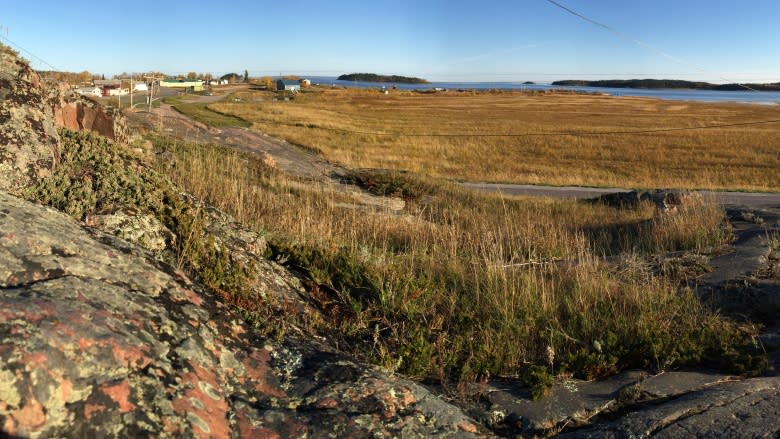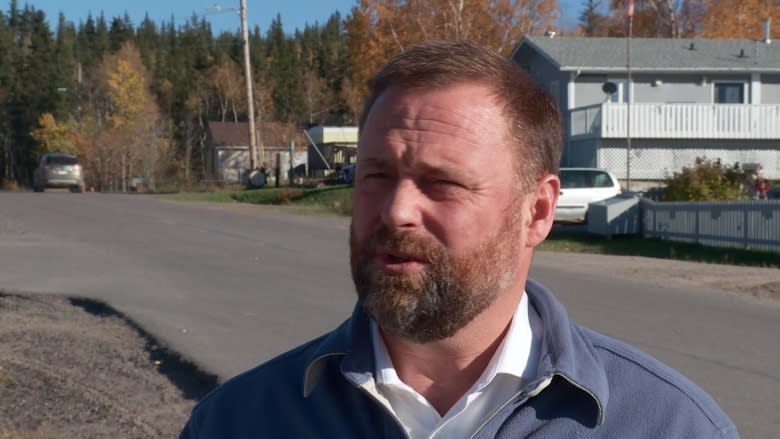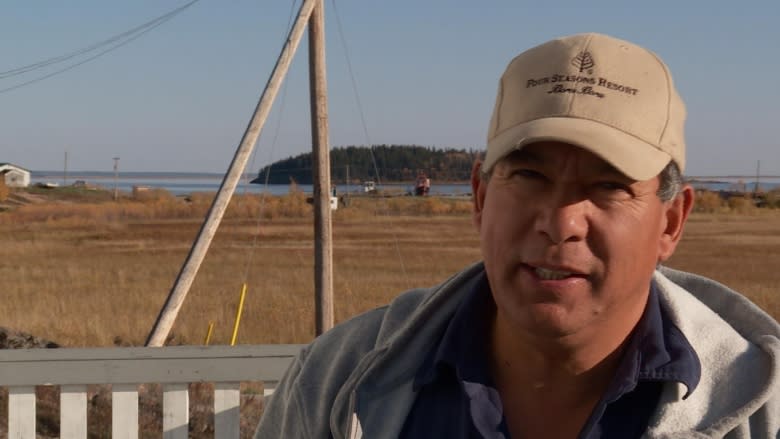Will UNESCO mission lay groundwork to protect Wood Buffalo National Park?
After a visit by UNESCO monitors to determine whether Wood Buffalo National Park is "in danger," people in nearby Fort Chipewyan, Alta. are wondering whether the inspection will lead to greater protection for the park.
Canada's largest national park, straddling the border of northeastern Alberta and the Northwest Territories, has been a world heritage site since 1983 and an "in danger" designation would be a black mark on Canada's reputation.
The fear in the community is that the fragile eco-system of the park is "drying out," hurt by B.C.'s Bennett Dam and upstream oilsands.
For years Cree, Dene and Métis have been saying the park and the connecting Peace River Athabasca Delta are disappearing, with lake and river levels getting lower.
Two UNESCO monitors visited this week to determine whether the United Nation's body should place the World Heritage Site under the status "in danger." But whatever their finding, their decision is not legally binding on the Canadian government.
"Will it go anywhere? I hope so. Do I believe that it will go anywhere? No," said Alice Rigney, a hunter and member of the Athabasca Chipewyan Nation.
"I hope they prove me wrong because I will be the happiest woman."
- MORE: UNESCO hears fears that Wood Buffalo National Park 'is going to dry out'
Land users have said they weren't able to hunt or fish in traditional areas because low water levels have meant they couldn't access traditional lakes.
"We can't get to the lakes where the birds are. We can't get to the lakes where the moose are," Rigney said.
'A big deal'
Alison Woodley, who directs Canadian Parks and Wilderness Society's park program, says Canadians and the federal government should take the monitoring mission seriously.
"It is a big deal to have a reactive monitoring mission sent to a world heritage site," Woodley said.
If the United Nation places the park on an in-danger list, it will join 55 others that are also considered "in danger" and eligible for immediate assistance from the World Heritage Fund. At the end of the mission, the United Nations will also issue recommendations to the Canadian government that it can accept or reject.
However, if Canada fails to react to the suggestions, the Wood Buffalo National Park could lose its World Heritage Site status.
Canada has accepted the responsibility of taking care of Wood Buffalo as a World Heritage Site and has duty to protect it, Woodley said.
If UNESCO lists Wood Buffalo National Park as an "in danger" site. Parks Canada agrees it wouldn't reflect well on Canada's environmental image as a developed nation.
"The optics of having the danger listing are not ideal," said George Green, who is vice-president of Parks Canada's Indigenous Affairs and Cultural Heritage Directorate.
- OVERVIEW: UNESCO begins monitoring mission of Wood Buffalo National Park
Green represents Canada at UNESCO when it comes to World Heritage Sites and was in Fort Chipewyan while the monitors were on their tour.
Not legally binding
Despite the unfavourable public relations spin from a potential "in danger" listing, UNESCO's decision wouldn't force the federal government to change its management of the park and the surrounding area, Green said.
"The decision and how we react is solely in Canada's control," he said.
"The world heritage committee cannot impose any legislative or regulatory restrictions on a sovereign nation such as Canada."
However, the Canadian government supports the UNESCO mission into the park, which will issue a list of recommendations in July, he said.
"It's too early to prejudge the outcome of this exercise," Green said, "The mission report will come out and Canada will have an opportunity to figure out how it will respond."
Regardless of the result, Green said, Parks Canada will receive recommendations that could help it better manage Wood Buffalo National Park.
"It's not meant to be a punishment. Obviously the way it's worded has a negative connotation," Green said.
"But it was meant originally to focus attention efforts that need to be brought to bear to protect the site."
'It's a start'
Fisherman, hunter and Mikisew Cree band member David Campbell understands the danger designation won't necessarily mean a change overnight for his community and park.
But he's open to the process and its outcomes.
"I wish UNESCO had more influence in there. Yeah, that's for sure," Campbell said.
"It's a start. We have to start somewhere and work our way up the system."
The berries, fish, muskrats and moose are too precious, Campbell said, for him and other First Nations communities to not explore every avenue.
Follow David Thurton, CBC's Fort McMurray correspondent, on Facebook, Twitter and via email.





